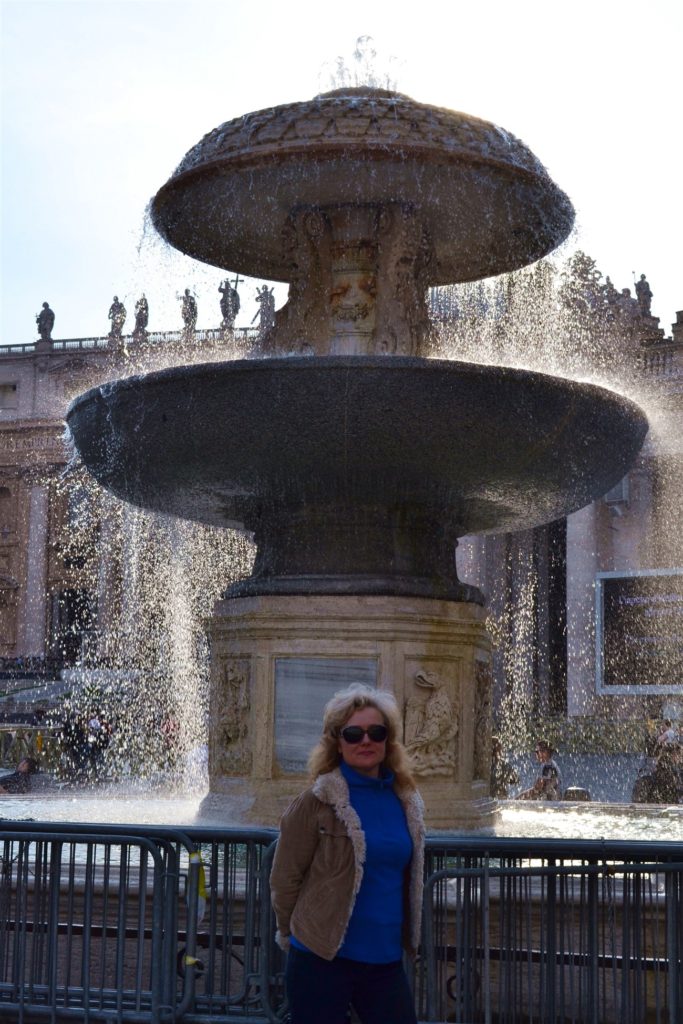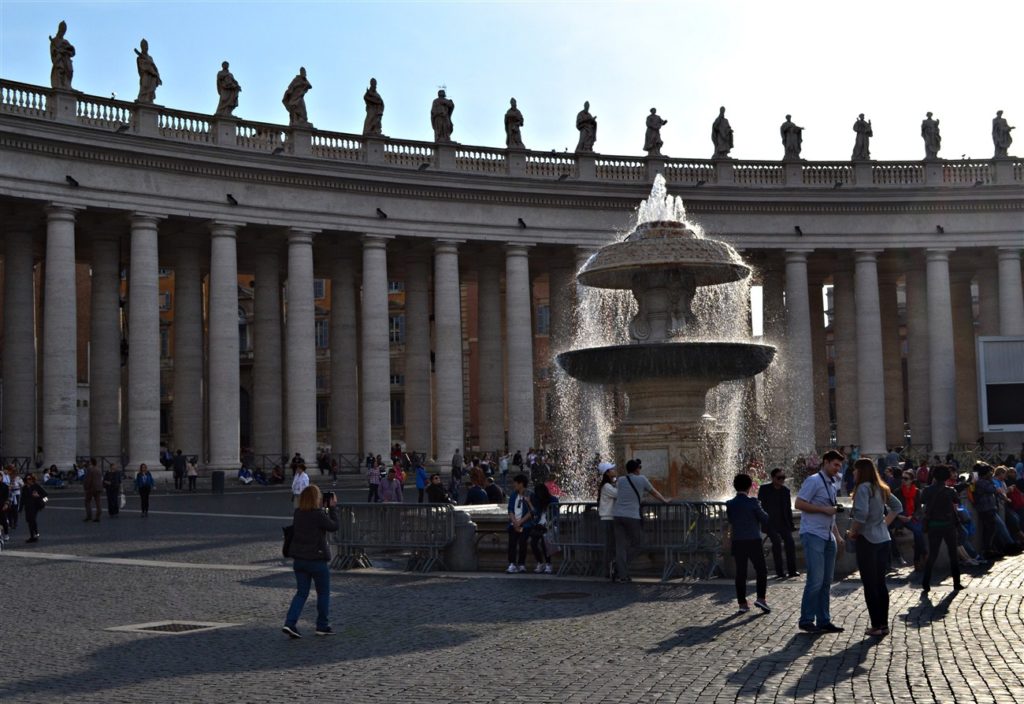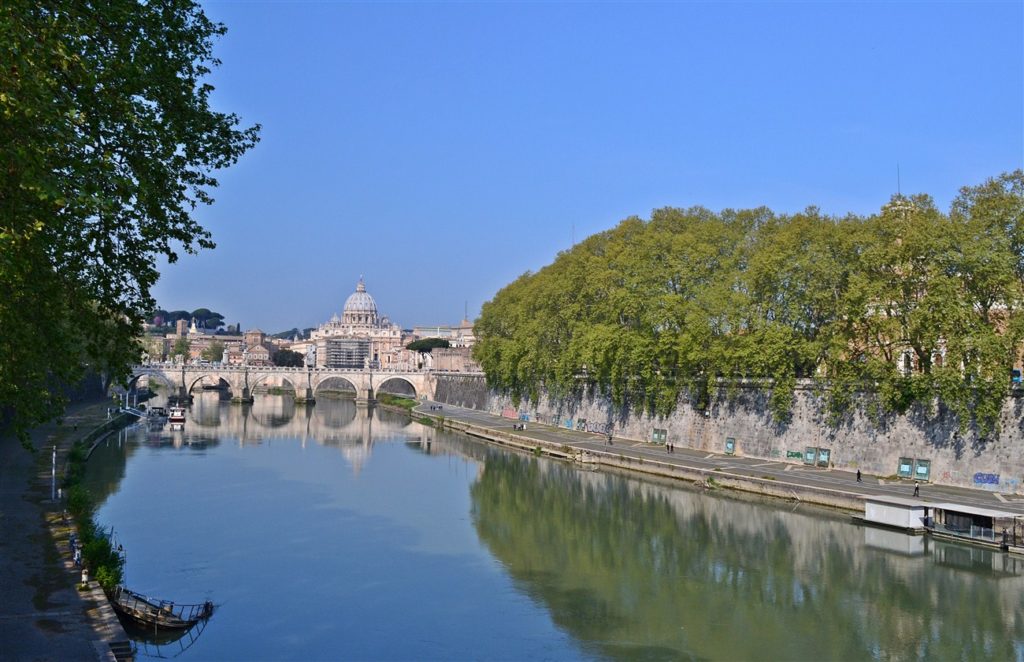
Using maps to navigate your way around a large and unfamiliar city can be both enlightening and misleading, sometimes simultaneously. I’d pored over several maps studiously in the weeks leading up to our trip and felt confident about tackling Rome on foot. I’m a good map reader, have a strong sense of direction once I’m oriented and don’t panic if we do get turned around a bit. But I have to reluctantly admit that on occasion Rome, and Italy in general, bamboozled me. Not completely, and we always got where we were going. Eventually. It took me a couple days to realize what the problem was. Two things, really. One, as far as I could tell there’s hardly a street in the whole damn country that goes in a straight line for more than a couple of blocks. And two, every time a street takes the slightest bend, even though you’re still on the same freaking street, it now sports a different name. Think you’re on Via Whatchamacallit? Maybe you were until you crossed that last intersection. Now you’re on Via Somethingelse, sucker, and good luck to you because a few blocks from here it’s going to be Via Somethingentirelydifferentnow.
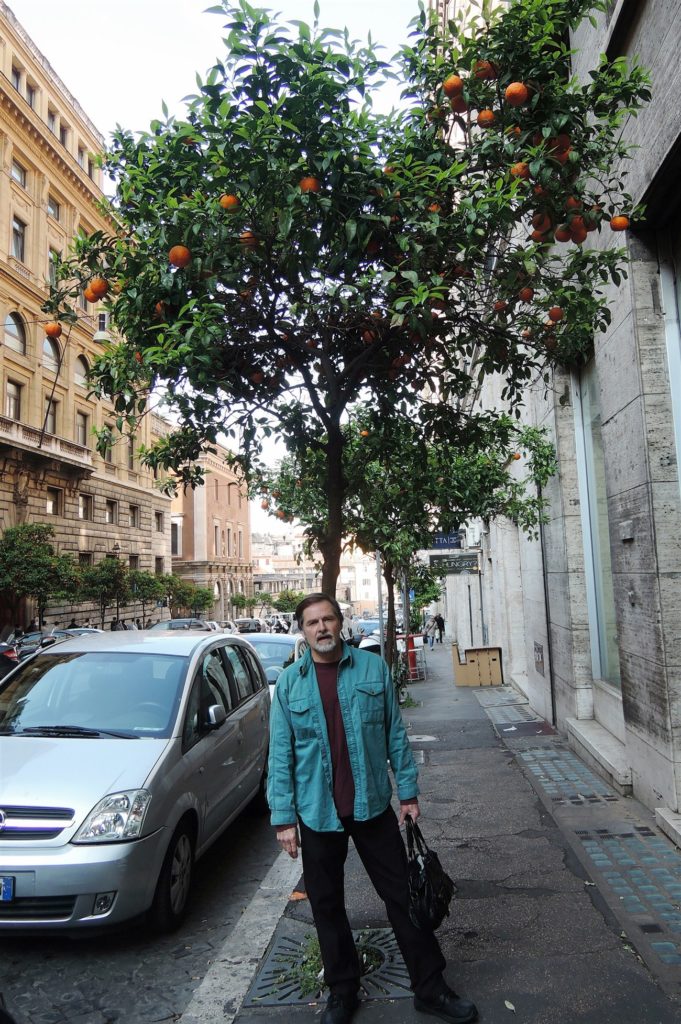
I know what the younger crowd will say (that’s anyone under my age): Get a smartphone, gramps. Well, number one, I don’t believe in them and number two, I saw plenty of folks standing on street corners tapping and swiping away at their phones, pointing in different directions and arguing with one another and generally looking every bit as confused as we did on occasion. So I’ll stick with my map, thank you. Actually, my wife has an even better approach. She walks fearlessly up to anyone who looks like a local and simply asks for directions. Frankly I’d rather wander around sightseeing (my euphemism for being lost) for an hour than ever ask someone, but it usually works for her. Imagine that.
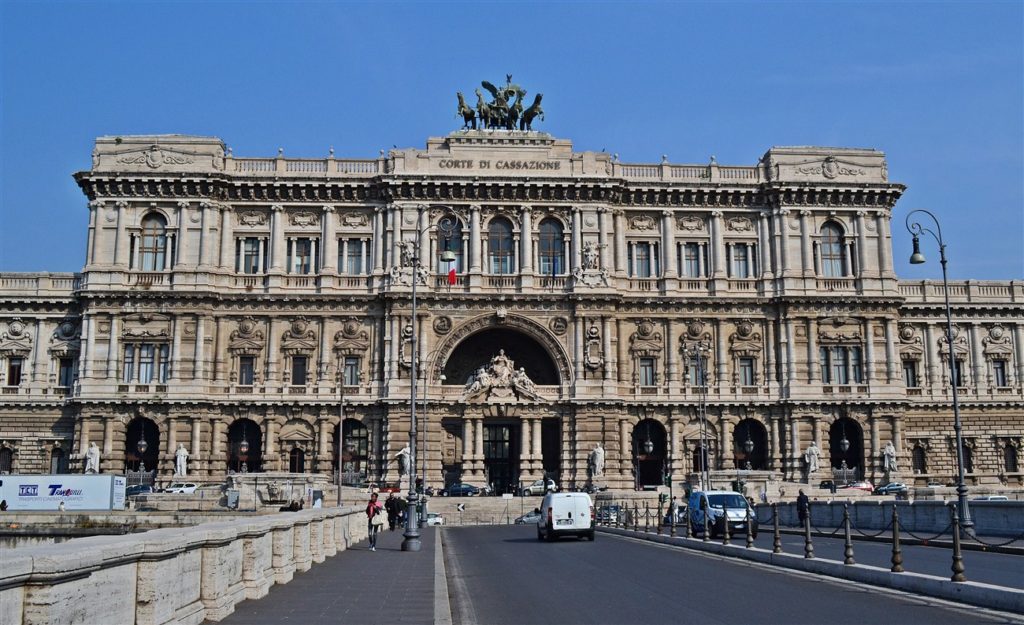
All this is prelude to the fact I’d decided via my map studies that we could walk from our hotel to the Vatican in about an hour. Sure, we could take an expensive taxi ride or hop on the bus or subway and be there in far less time, but what fun would that be? Our favorite way of seeing anyplace new is via foot power at ground level, so off we went. We had a reserved entrance time at the Vatican Museum for eleven o’clock. I figured leaving the hotel at nine would give us plenty of time to meander across Rome and see some cool stuff on the way. By some miracle, it actually worked out that way.
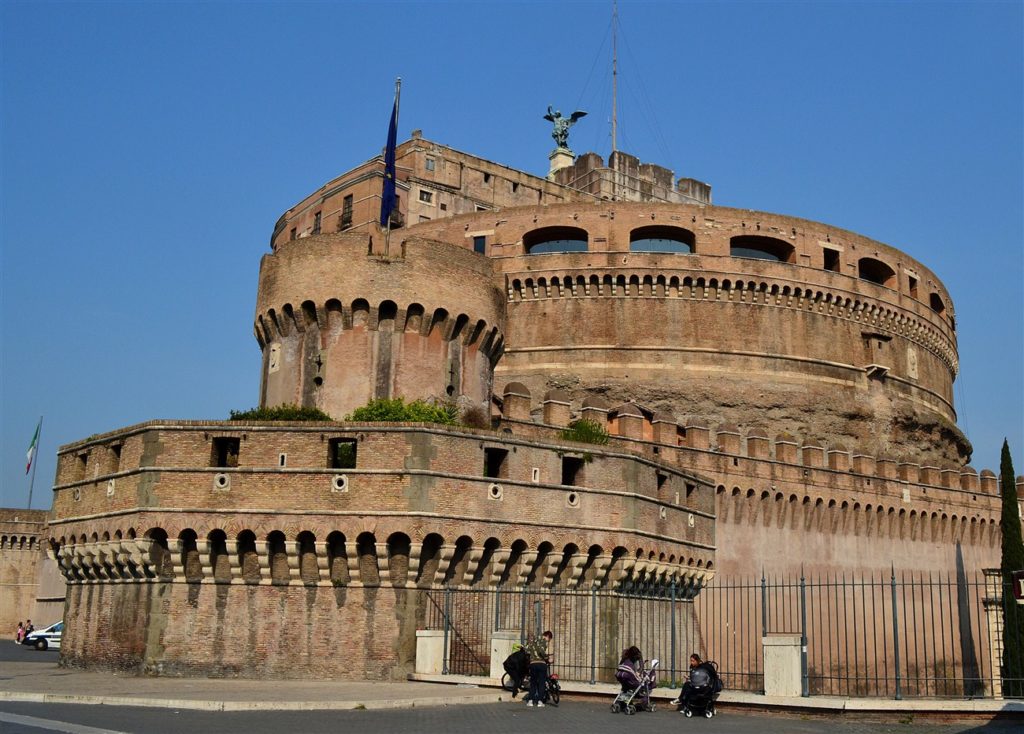
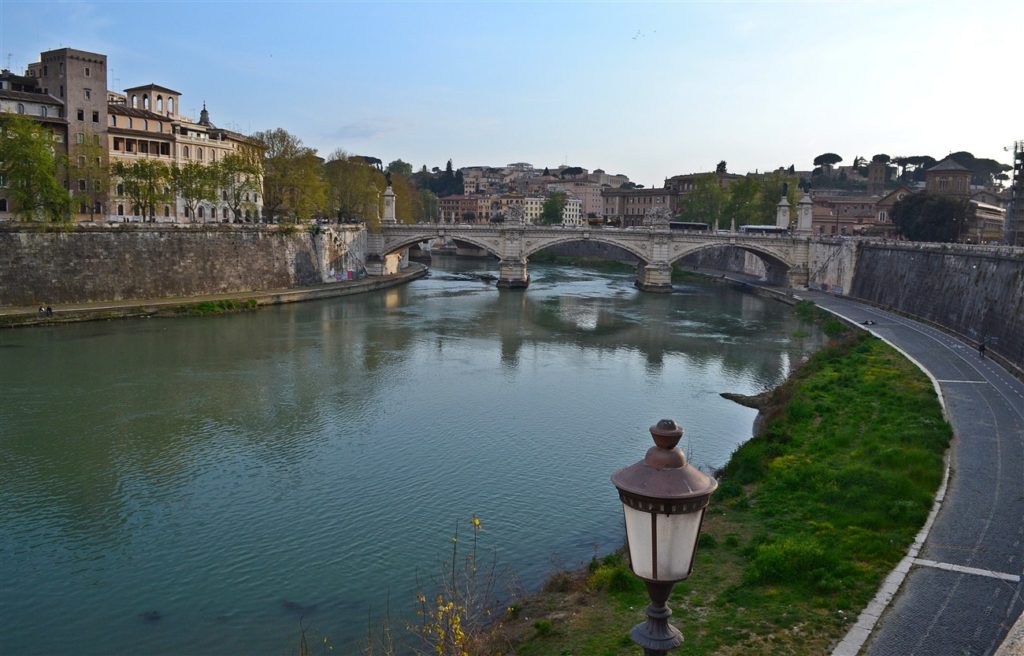
It took ninety minutes rather than an hour but that was taking time to stop for photos, etc. and still left us half an hour to gawp through St. Peter’s square and find our way around the massive Vatican City wall to the main museum entrance. You couldn’t miss it as there was a line of people snaking its way around the wall for literally well over a quarter mile. Hundreds, maybe even thousands of folks in a line that was not moving an inch. We marched right on by them (a bit smugly, I have to admit) because I’d had the foresight to reserve an entrance time by buying advance tickets online before we left the states. We were inside in a matter of minutes and already viewing the treasures of the Vatican while all those other poor souls were stuck there waiting God only knows how long in hopes they might get in some time that day. Good luck.
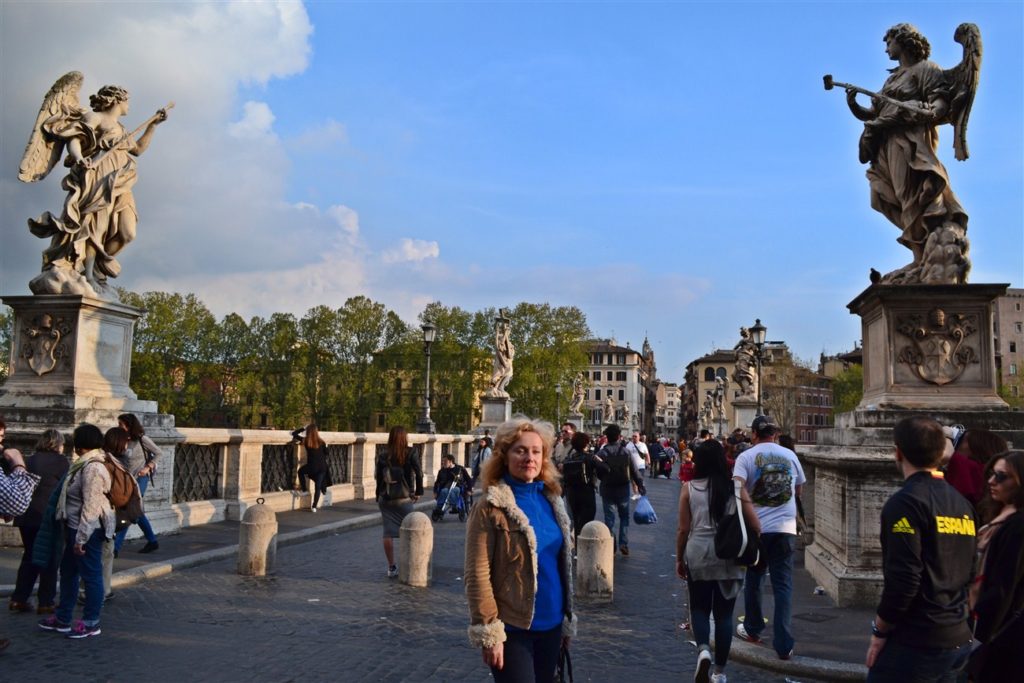
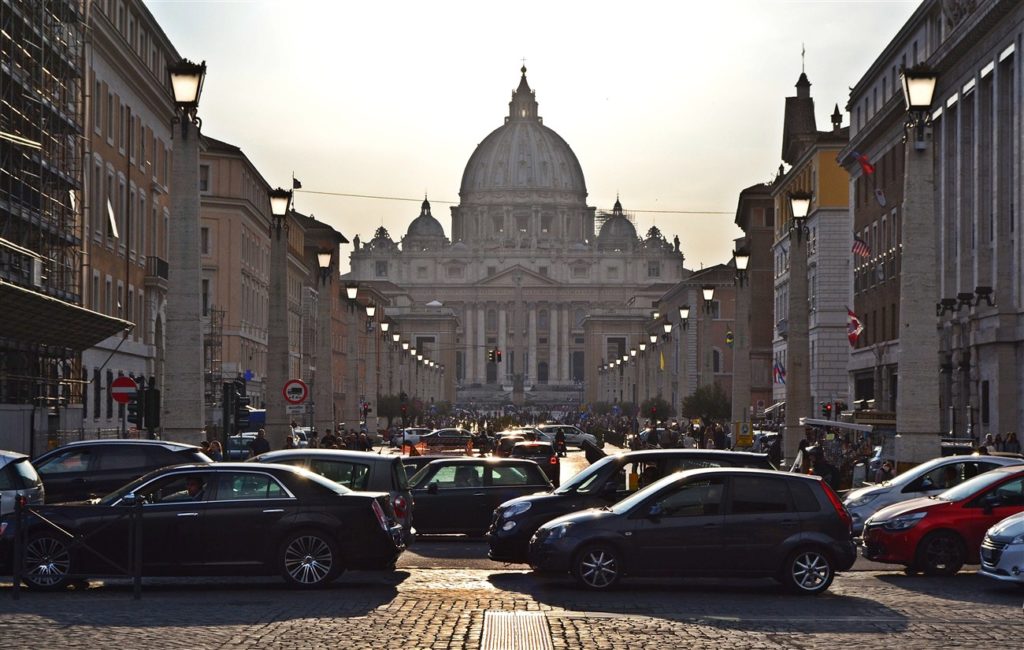
I honestly didn’t feel too sorry for them. It’s in all the guidebooks. If you do your research before you travel – and why wouldn’t you, given the time, money and effort it takes to get there? – they all say the same thing: buy your tickets before you go. So I’ll tell you the same. Can’t imagine it’s much fun wasting an entire day of your trip standing in a line going nowhere fast.
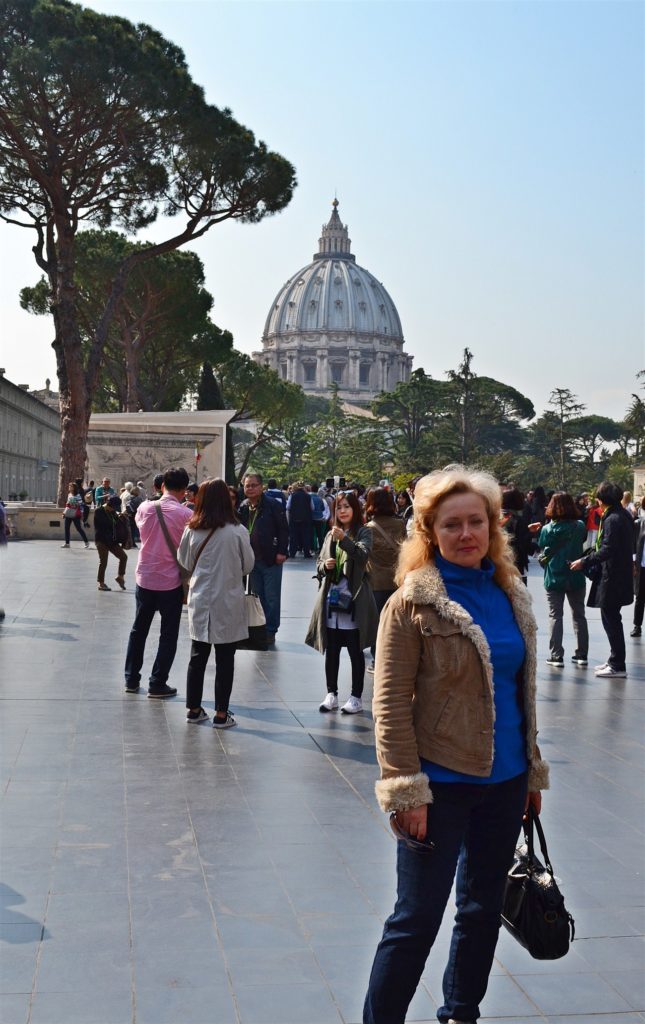
Depending on your point of view, the Vatican Museum is either a fabulous repository of much of the ancient world’s greatest artwork and treasures, or proof of how the Catholic church looted absolutely everything of value they could lay their hands on throughout the centuries. I happen to believe it’s both, and since it wasn’t anything that belonged to me, I have to thank them for collecting and displaying it all in one convenient location.
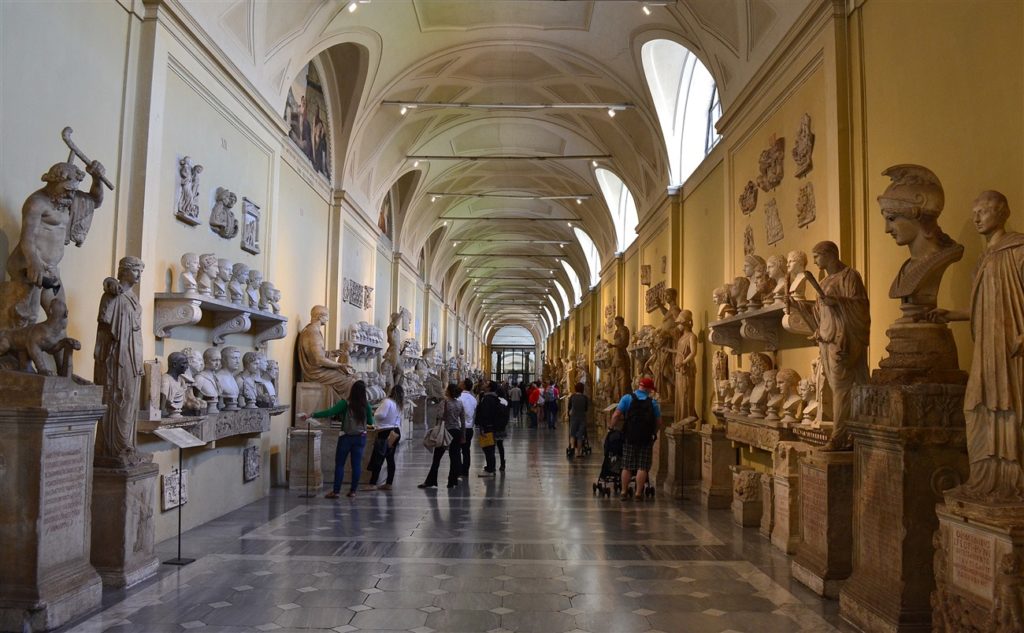
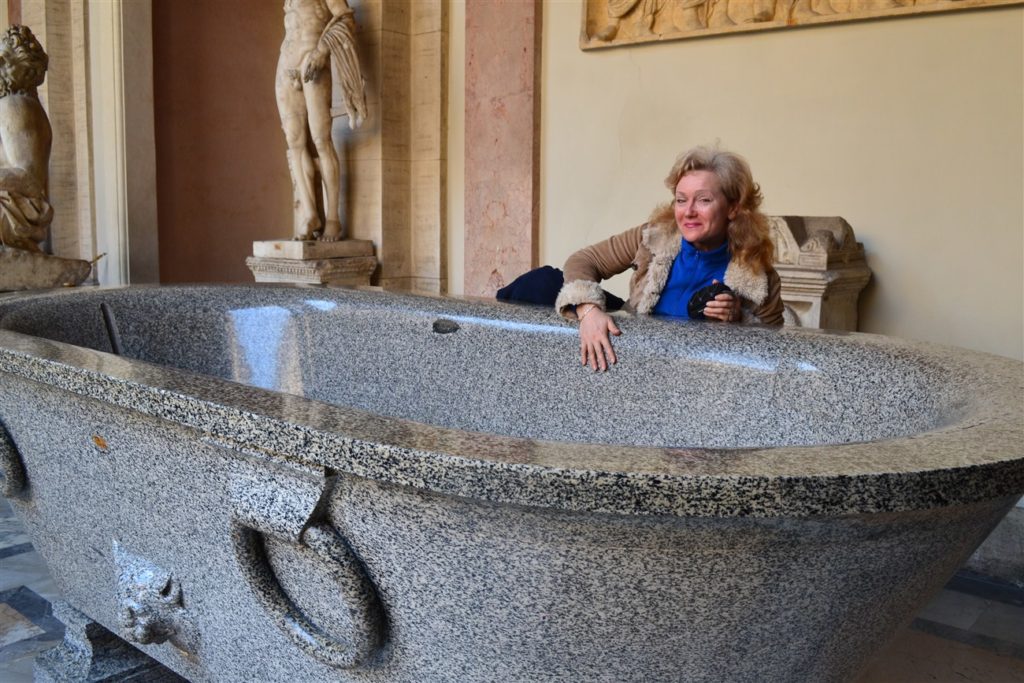
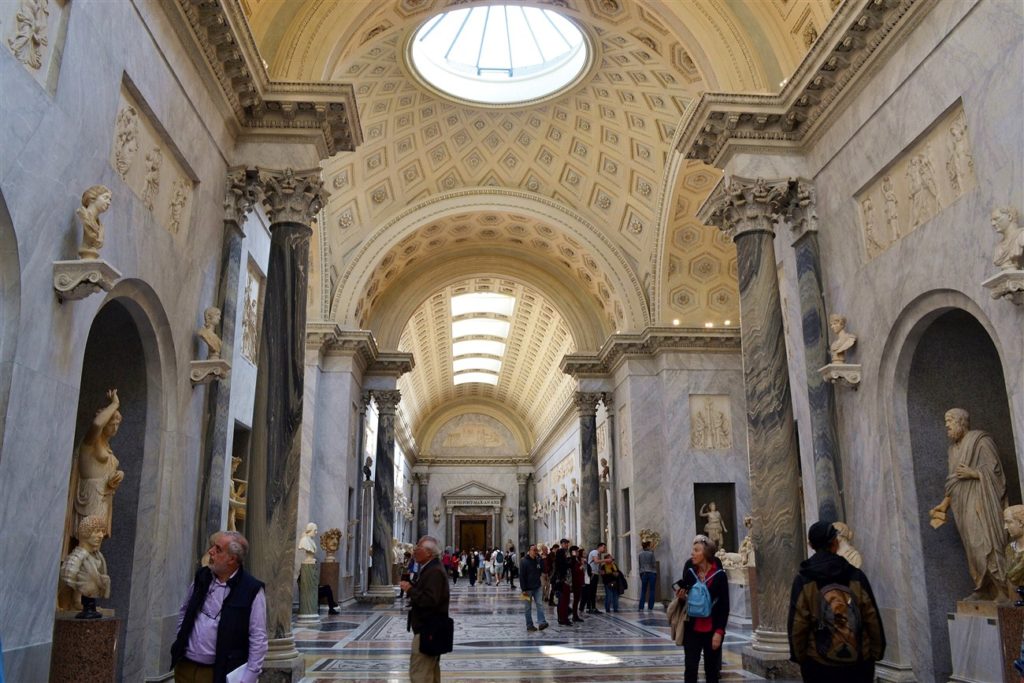
To say there’s more to see than one can reasonably digest in a single day is an understatement. You could spend several days if you wanted to scrutinize everything they have in great detail. If I were a true art afficianado or student or artist of some kind, I would want to identify my area of interest and concentrate on that. Since Irina and I are none of these things but simply have an avid appreciation of many different types and eras of art and the history behind it, we opted for what is probably the more typical tourist approach, i.e. stuff your senses with as much of it as you can for as long as you can stay on your feet. For us, this turned out to be about five hours. After that it’s pretty much sensory overload and a certain kind of numbness sets in. You look at something and think “Yeah, that’s beautiful, but if I see one more painting/sculpture/tapestry today my head’s going to explode.”
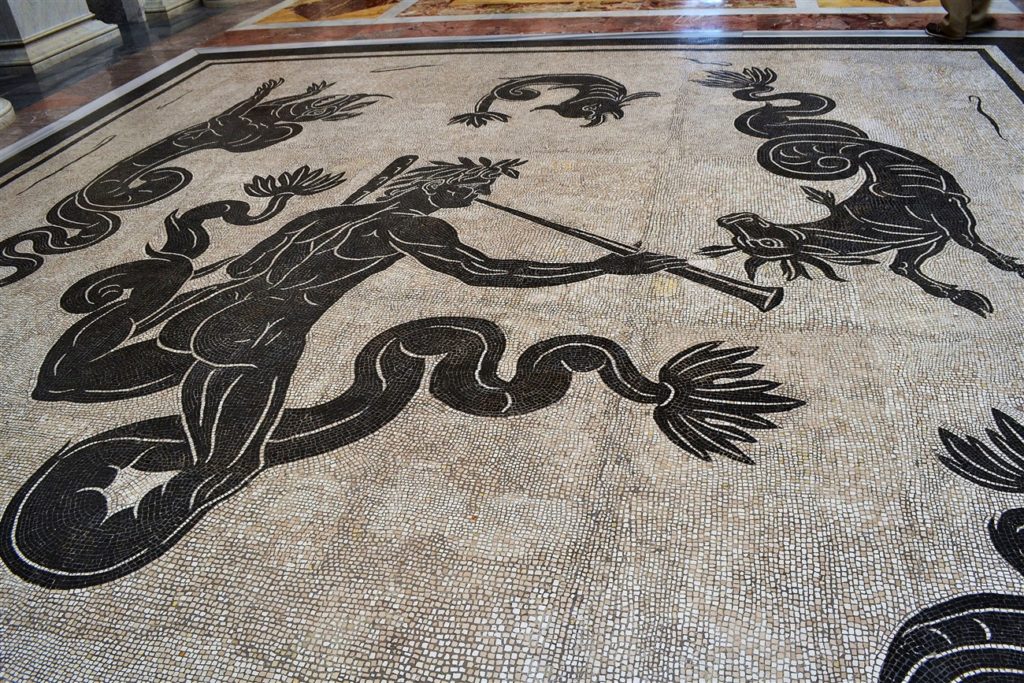
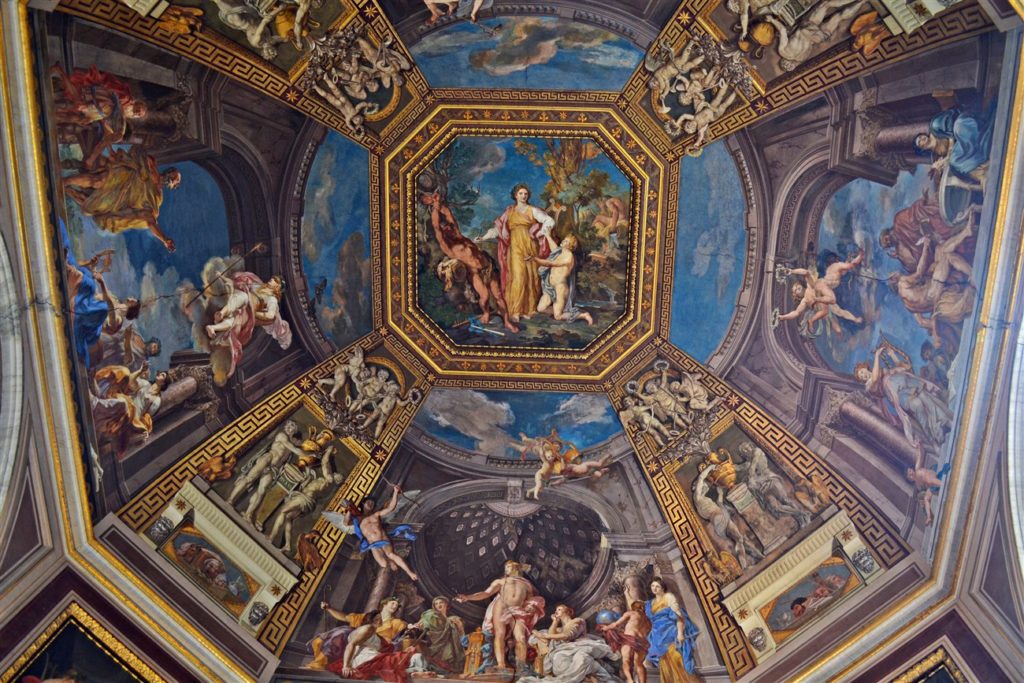
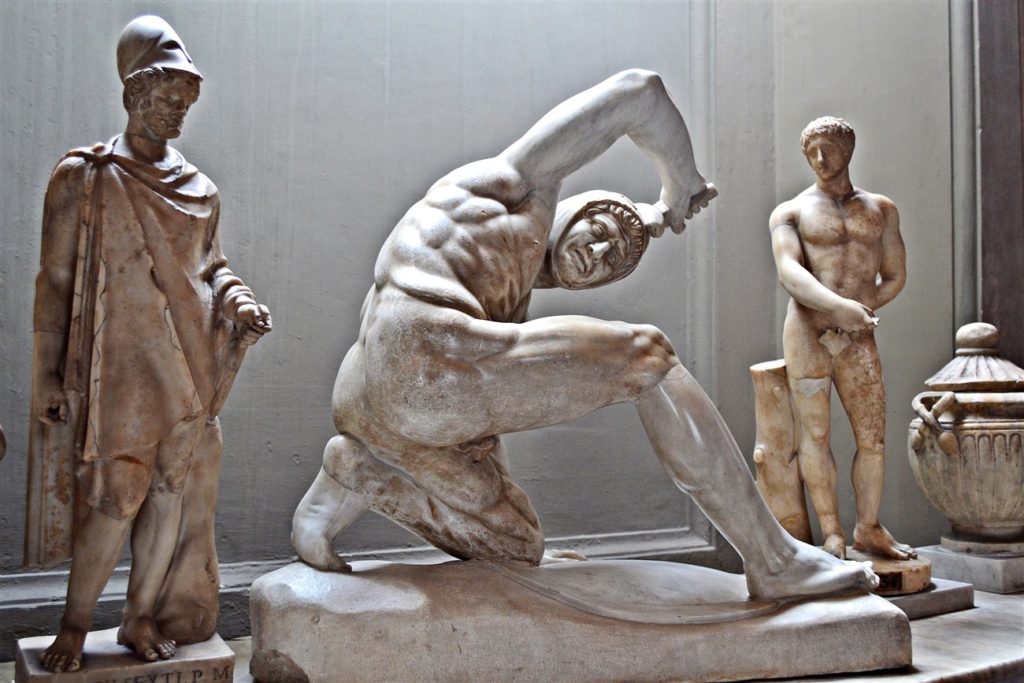
They have it all arranged and categorized extremely well by era and type: statuary halls, tapestry corridors, painting galleries, Egyptian, Grecian, Roman, you name it, they got it. Some of our favorites were the Raphael paintings and frescoes. And everywhere you go, the ceiling art! My God, they loved decorating their ceilings, and this is before you even get to the most famous ceiling art of all, the Sistine Chapel. The way things are laid out, they save that for last and a good thing, too, because after seeing it, anything and everything else would be an anticlimax.
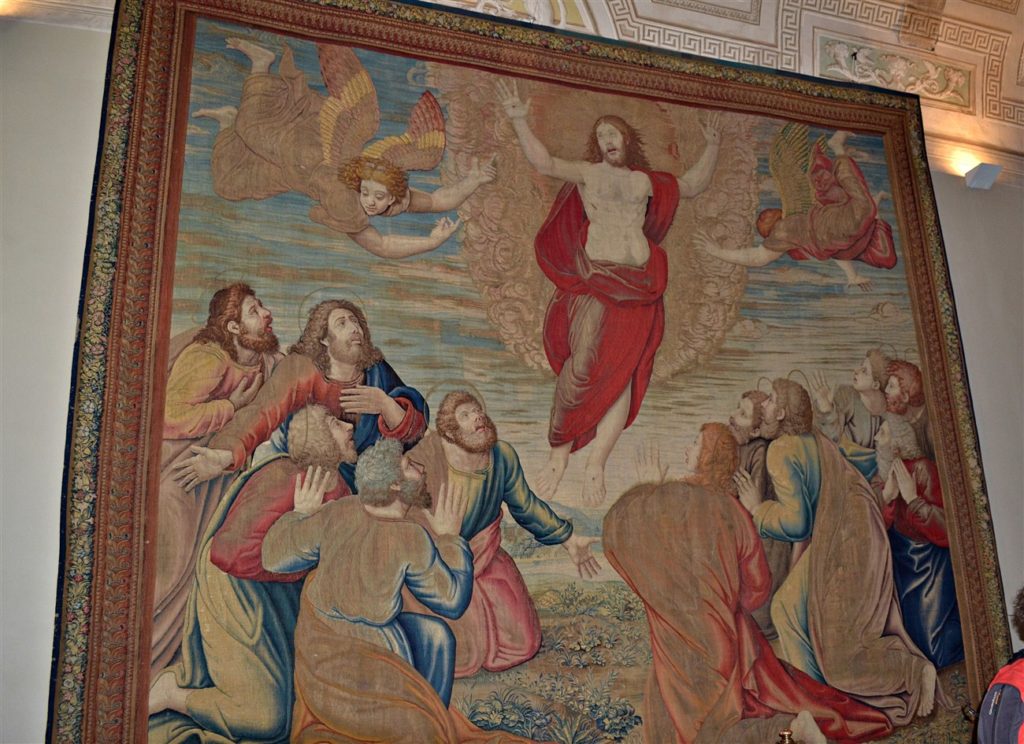
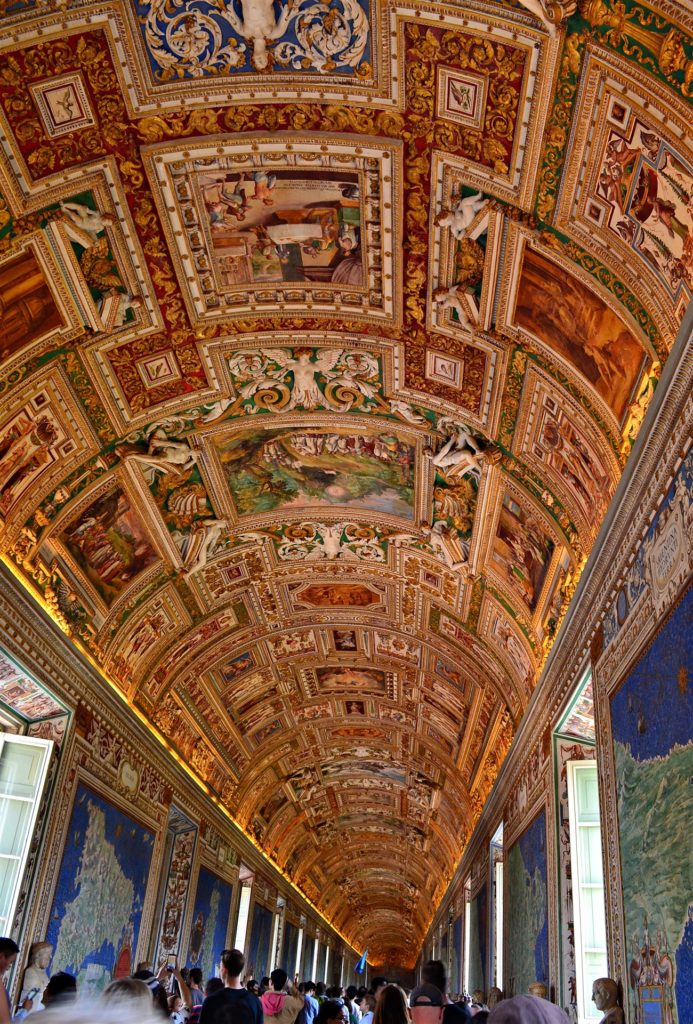
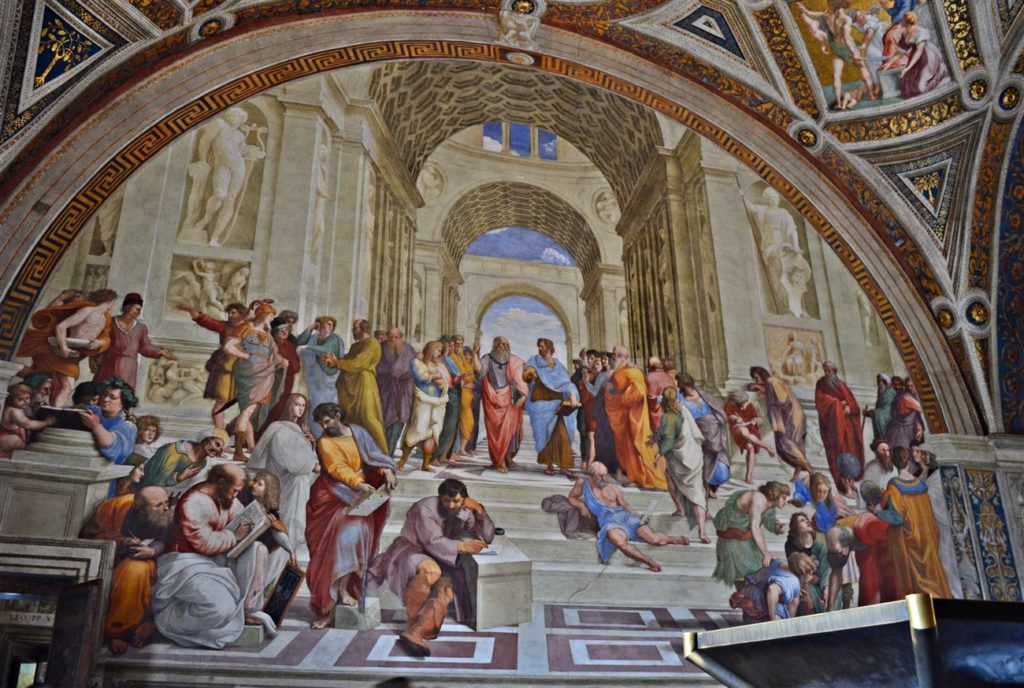
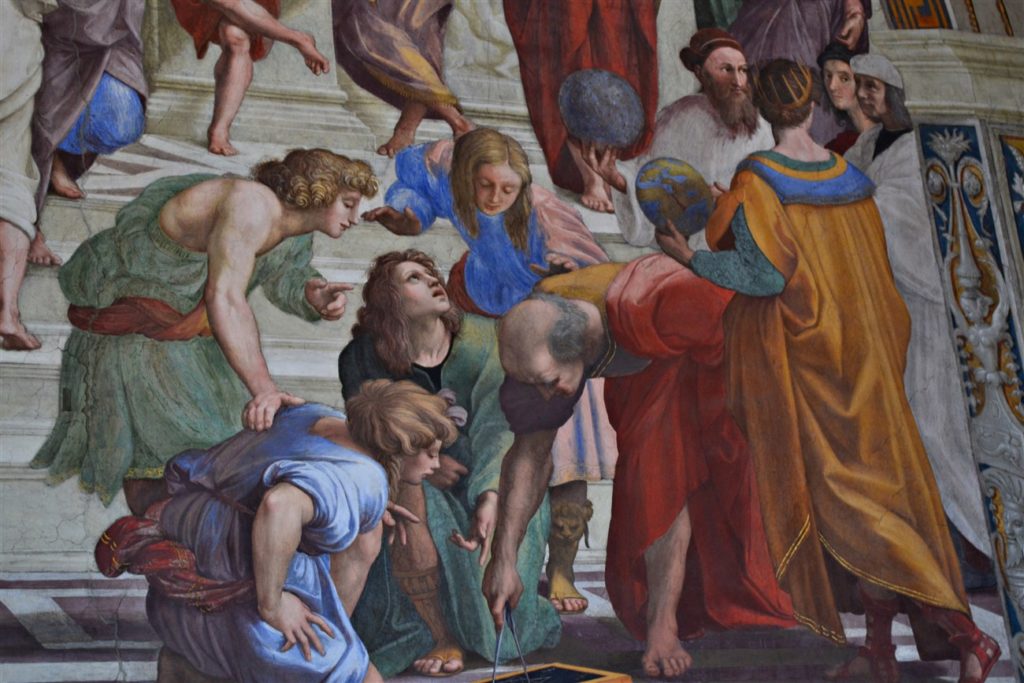
We’ve all seen photos, books, maybe even films about the Sistine Chapel. Maybe you’ve read about it and know the story, how Michelangelo spent four years creating this masterpiece flat on his back. I’ve painted a few ceilings in my time and believe me, after a couple of painful hours my arms were buckled and my neck felt like it would snap right off. I was happy just to get the damn thing covered at all and certainly wasn’t concerned with creating any great work of art.
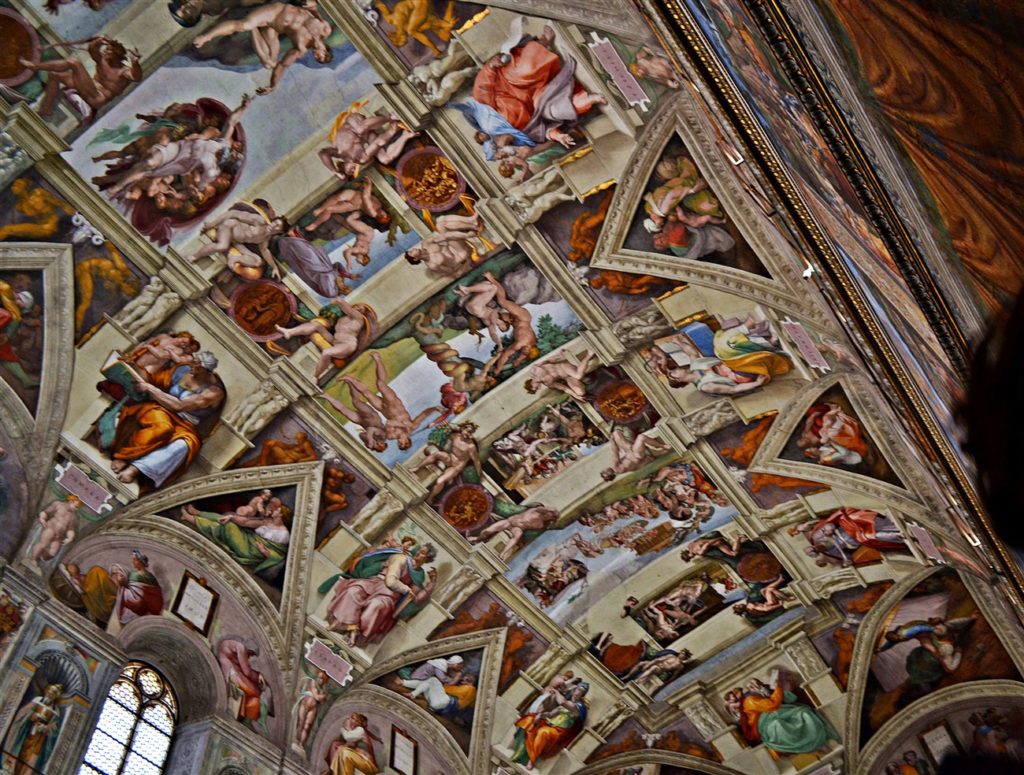
Sometimes we build up expectations that can’t be matched by the reality of a thing once we actually encounter it. I’m happy to report that, for me at least, the Sistine Chapel exceeded my expectations and then some. We were ushered in – along with a couple hundred other people – and herded into the center of the room by the guards who incessantly shouted “Quiet, please, no photo, no video!” in Italian and English. It was packed shoulder to shoulder and our necks soon ached from arching them backward to take it all in.
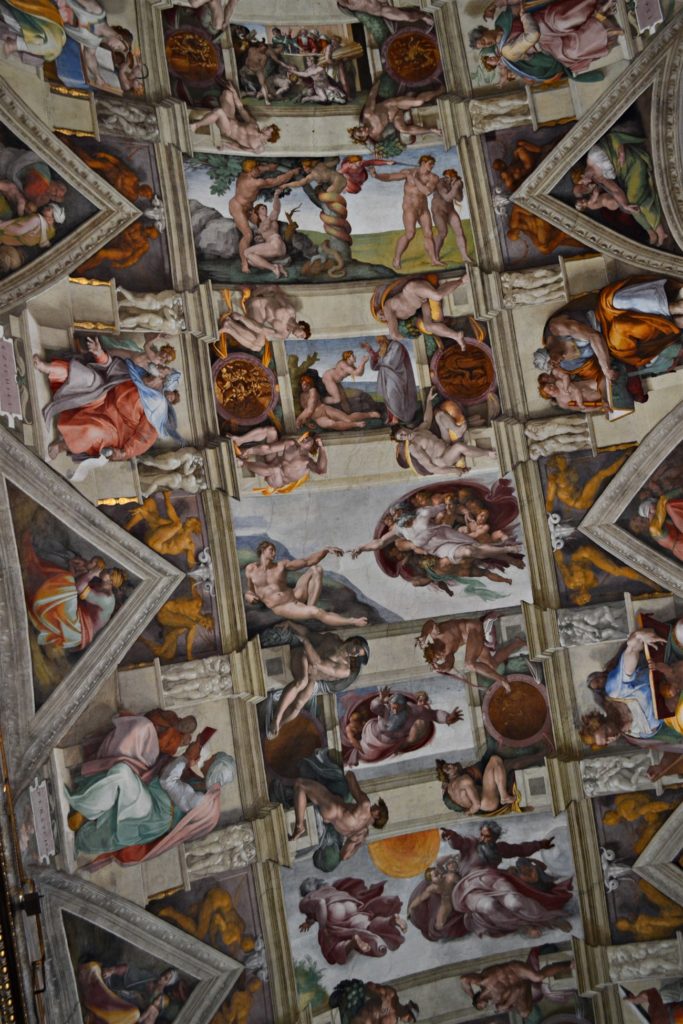
If this sounds like complaining, it’s not really, because none of that mattered. I was dumbstruck by the scale, the variety, the color, the sheer audacity of Michelangelo’s creation. Pick your superlative because they all apply. And this was all designed, planned and executed by a man who didn’t even consider himself a painter. He was a sculptor first and foremost, didn’t want to do it at all until the Pope cajoled, coerced, and threatened him into it. And then all he did was create what might be the world’s single greatest work of art. After having the privilege of being there to see it in person, I wouldn’t argue against it.
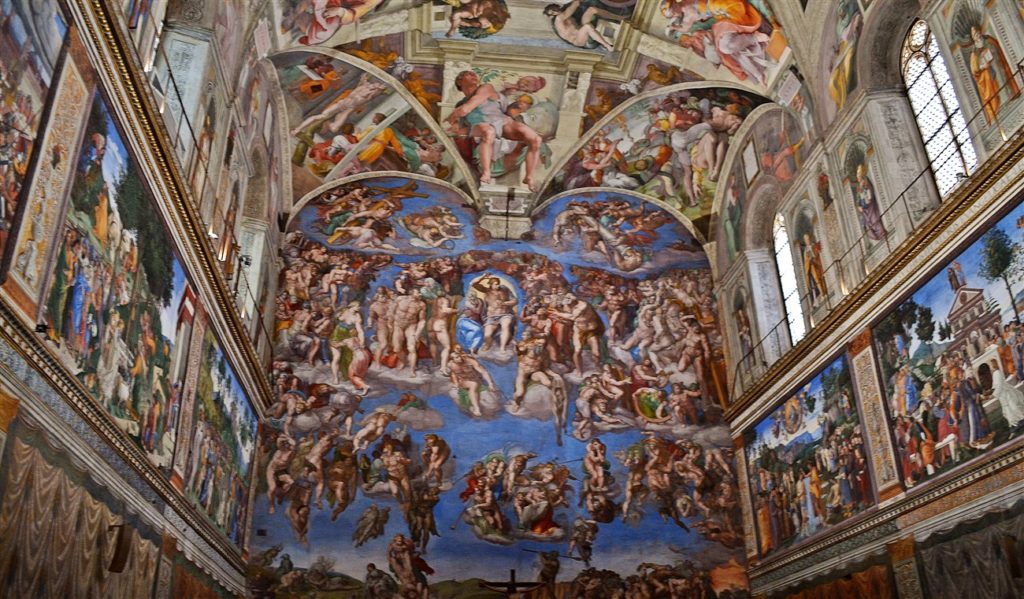
We stood and gaped a long time, then edged to one side and pounced on a vacant bench spot when two other folks left. We sat for I don’t know how long, not wanting to leave and yes, we cheated and snuck a few photos (as I noticed a majority of others doing) on the sly. Can’t honestly see what it hurt and anyway the photos do the reality no justice at all. You gotta be there.
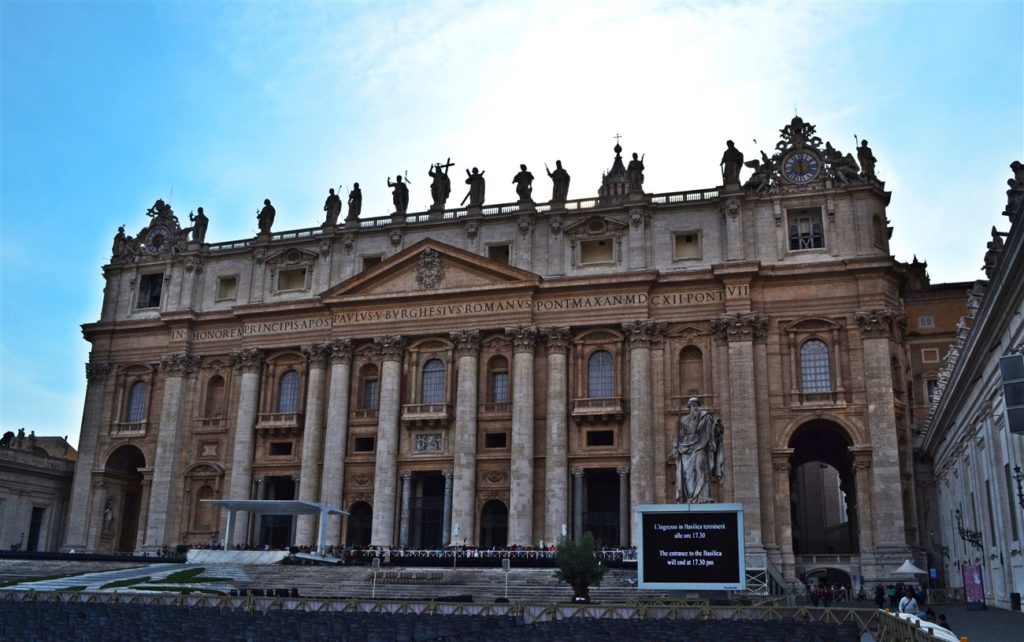
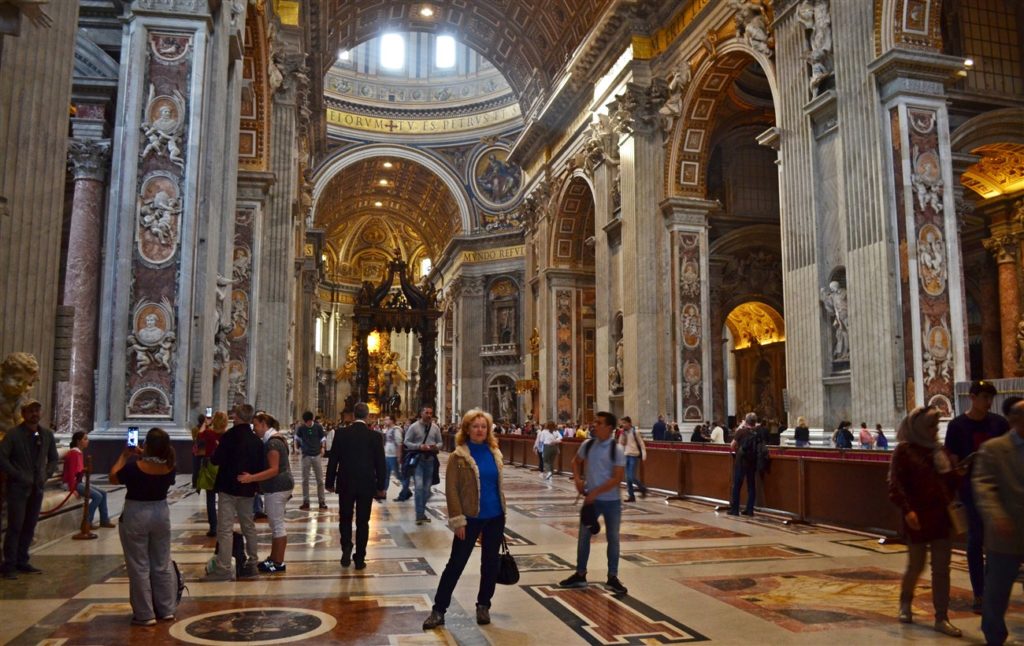
We finally decided to move on as we still wanted to see St. Peter’s and the afternoon was waning. I wanted to climb to the top of the dome, but we decided to go inside the church first. That turned out to be a mistake. By the time we emerged it was after five o’clock and no more entry allowed to the dome after five. I was disappointed but at least the interior was impressive. I’d read that the sanctuary of St. Peter’s can accommodate 50,000 people, and after being inside I can believe it. The place is mind-bogglingly ginormous.
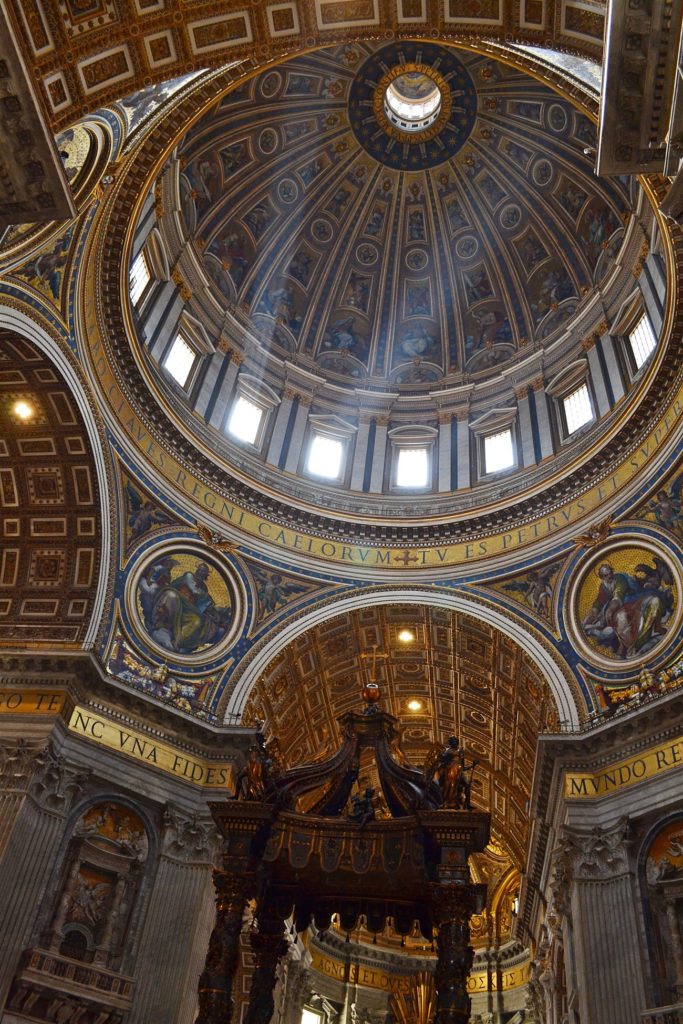
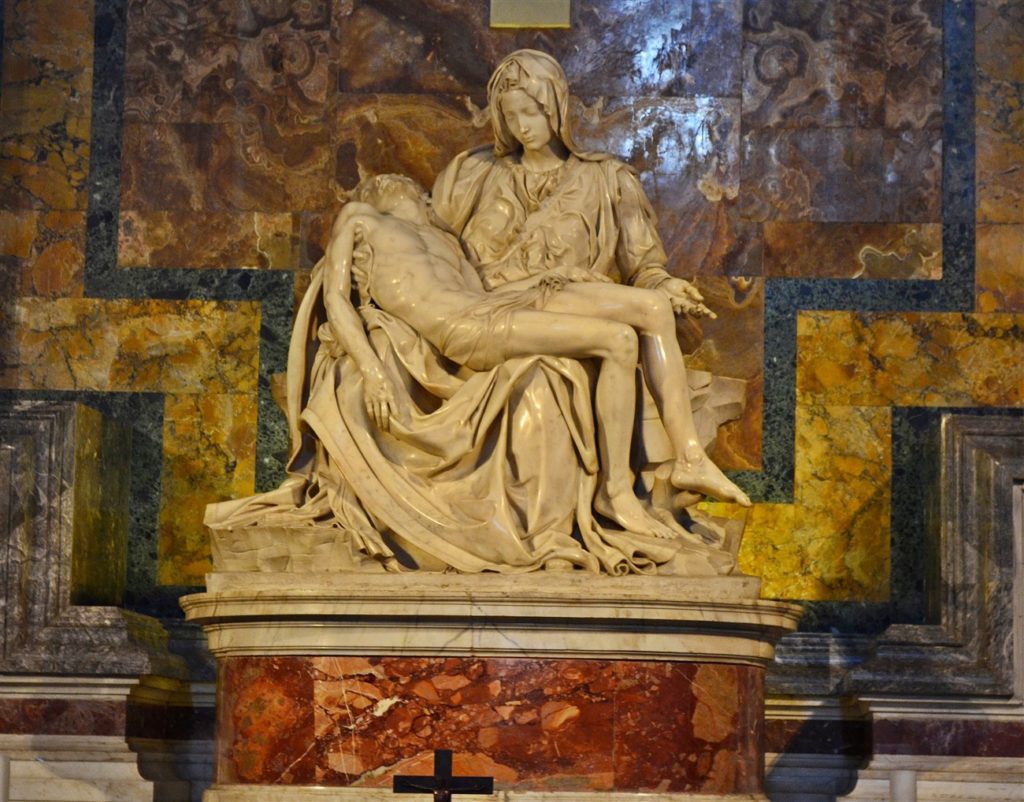
Just inside the entrance along the right wall is Michelangelo’s famous Pieta sculpture. This depiction of Mary cradling the dead body of her son Jesus was a theme Michelangelo would sculpt many times during his life, but this one in St. Peter’s remains the most well known and among the most beloved sculptures in the world. Too bad you can’t get close to it. Viewers are kept at a distance behind bulletproof acrylic after a mentally deranged man attacked the statue with a hammer in 1972, knocking off Mary’s left arm at the elbow, her nose and eyelids. Restorations were made and she looks none the worse for wear now.
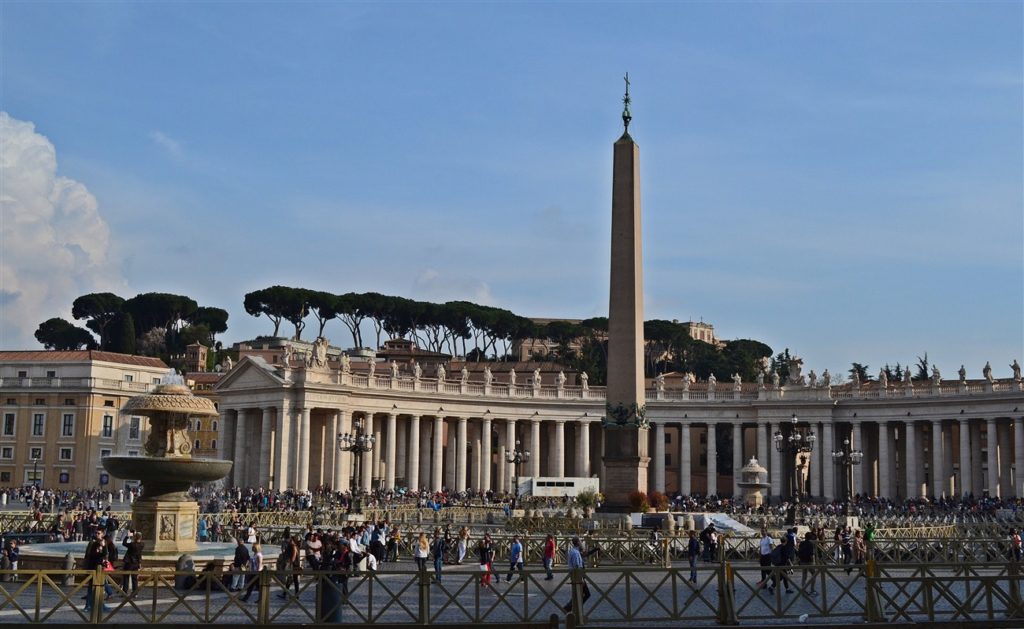
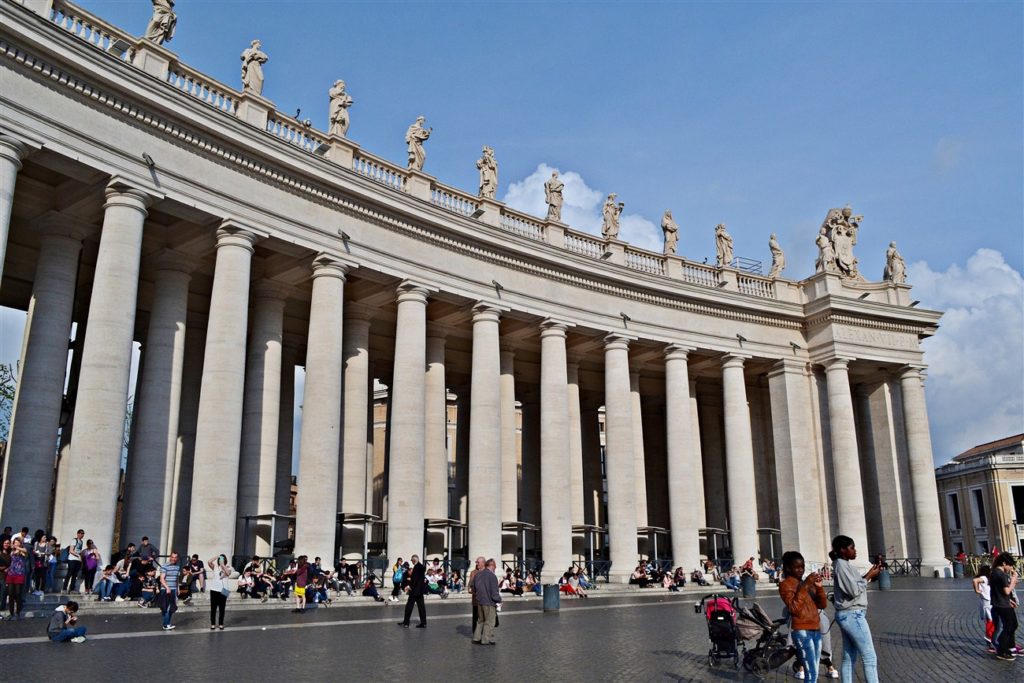
Upon exiting we spent some time hanging out in the massive square where hundreds of thousands would pack in to see the Pope in a weeks time for Easter, but we wouldn’t be there then. The crowds were already too much for me. Sorry Mr. Pope, you’ll just have to wait til next time we’re in Rome to see us. Hope he wasn’t too disappointed.
